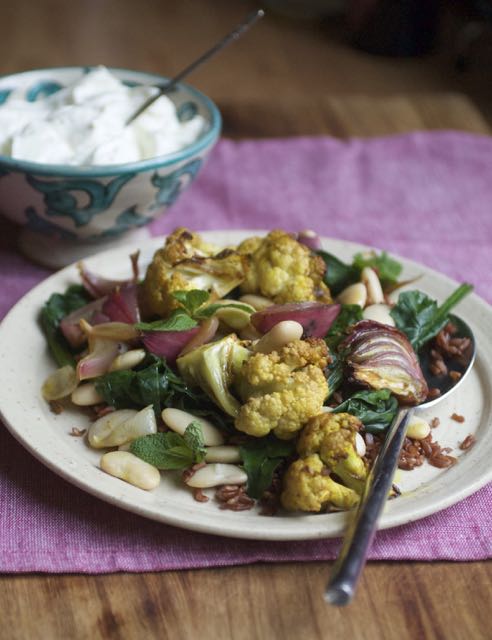Next week we’re holding the first British Dal Festival here, in my home city of Bristol, and so at last I’ve been kicked back into action on my blog.
 As many of you know I am fairly obsessed with pulses; just had flat bread, Beluga lentils, tomatoes and z’atar for lunch so I really do practice what I preach. Perhaps my favourite dish of all is dal, by which I mean the soupy, creamy pulse dish topped with its own tailor-made, zippy mix of herbs or spices.
As many of you know I am fairly obsessed with pulses; just had flat bread, Beluga lentils, tomatoes and z’atar for lunch so I really do practice what I preach. Perhaps my favourite dish of all is dal, by which I mean the soupy, creamy pulse dish topped with its own tailor-made, zippy mix of herbs or spices.
For millions of Southern Asians dal is part of their heritage, a dish that appears on every table, rich or poor, fast day or feast day, come rain or shine. Dal tastes of home, of nurture and nourishment, eaten from the cradle to the grave. Now I can’t begin to pretend that I have this deep connection with dal, I probably hadn’t even tasted it until I was in my twenties but I can assure you that my love affair with this magical comfort food is no dalliance, I could happily eat it every day.
Digging back through my blog posts you’ll find a good few dal recipes: Tarka dal ,
Sambar and rather bizarre sounding , but delicious, I promise you Lentil and rhubarb curry – read dal
My main role with the festival has been putting together a school pack that includes a recipe, an equipment list, a risk assessment form and plenty of cross-curriculum facts. The idea is that Key Stage 2, primary school teachers can download the info’ and set up a fabulous interactive dal class with the minimum of fuss. It may be too late to get on the timetable before the Easter holidays but why not point any teachers in the right direction for next term – all the info is here on the British Dal Festival website It’s never too late to learn about dal.
So, next week, in between all the fabulous Dal Festival events happening around the city of Bristol, I will be giving dal workshops at Hotwell’s Primary School Year 4, Compass Point Year 6 and also with students at The Bristol Hospital Education Service.
Last month I worked with Hotwell’s Primary School’s Year 6, who not only got fully involved with designing their own tadkas ( the herby/spicy dal topping) and scoffed all the dal but also put together a great info’ display for their school.
So many of our school children never get a chance to cook at home and here’s an opportunity to get them excited about making something really healthy and tasty. With childhood obesity on the rise we just have to get food onto the school curriculum somehow – so here’s a one small step in the right direction.
SO, what is dal?
The word dal can refer to a split pulse OR a soupy or stew-like dish made from pulses.
Why teach kids ( or anyone for that matter) about dal?
- It’s simple to cook.
- Super-economical.
- Highly nutritious.
- Filling and delicious
- Pulses are one of the most sustainable sources of protein on the planet.
What’s with the “British” dal Festival?
It’s not just that the celebration is being held here, it’s the opportunity to find out about the pulses we produce in Britain too – the great variety of dried peas, the fava beans, haricots and lentils.
THE FINALE
Is happening at Paintworks in Bristol, on Sunday 25th March.
There will be street food, cooking demo’s (I’m on at 11 am – so please come an say hello), talks, kid’s activities and a chance to stock up on some great British pulses.
All the info, tickets etc Here














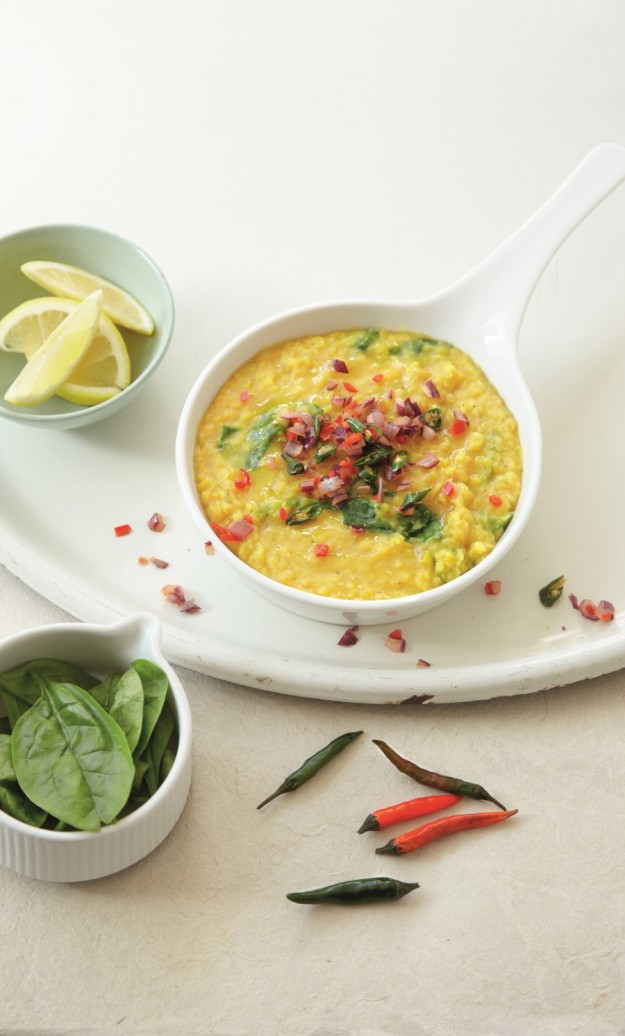



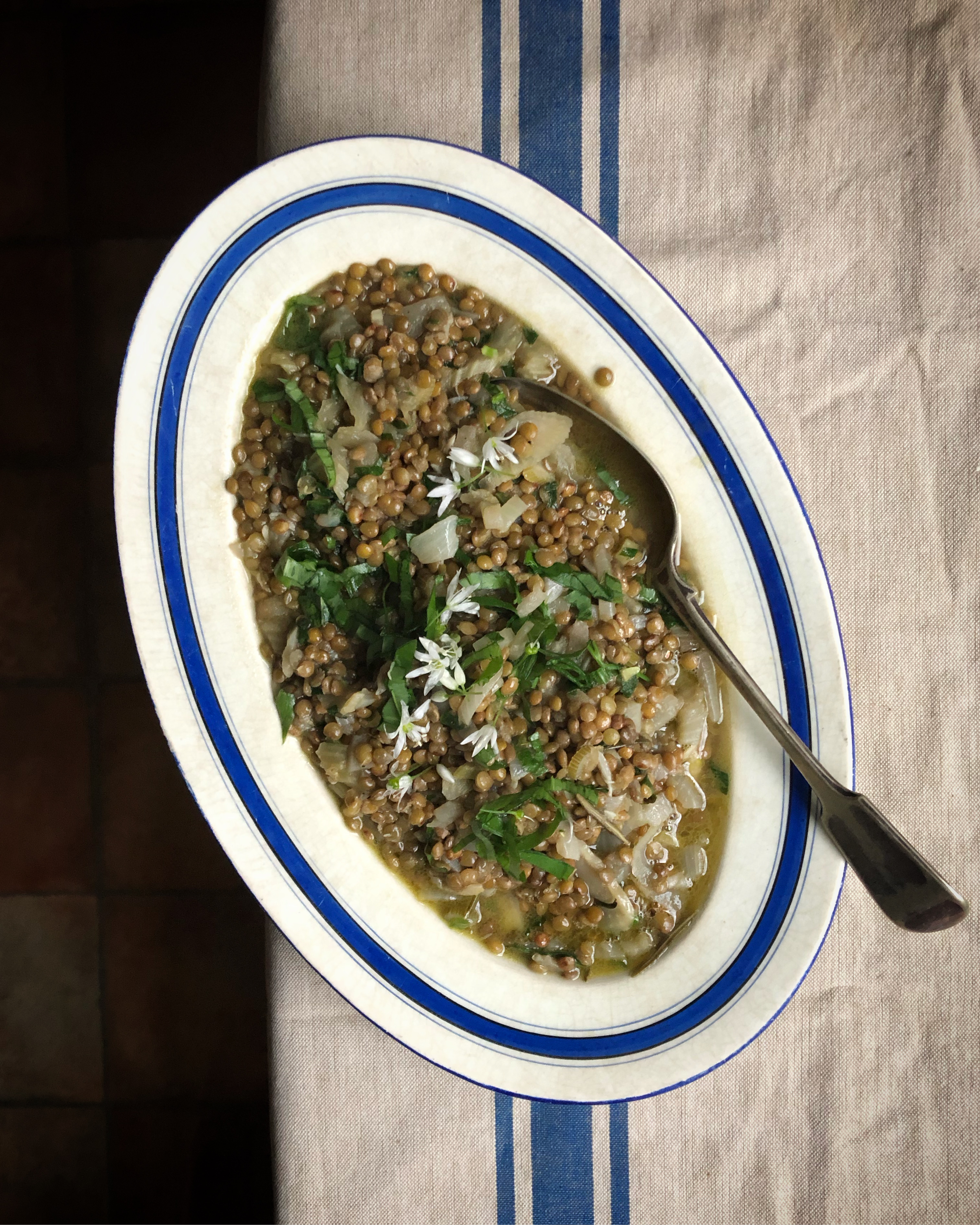
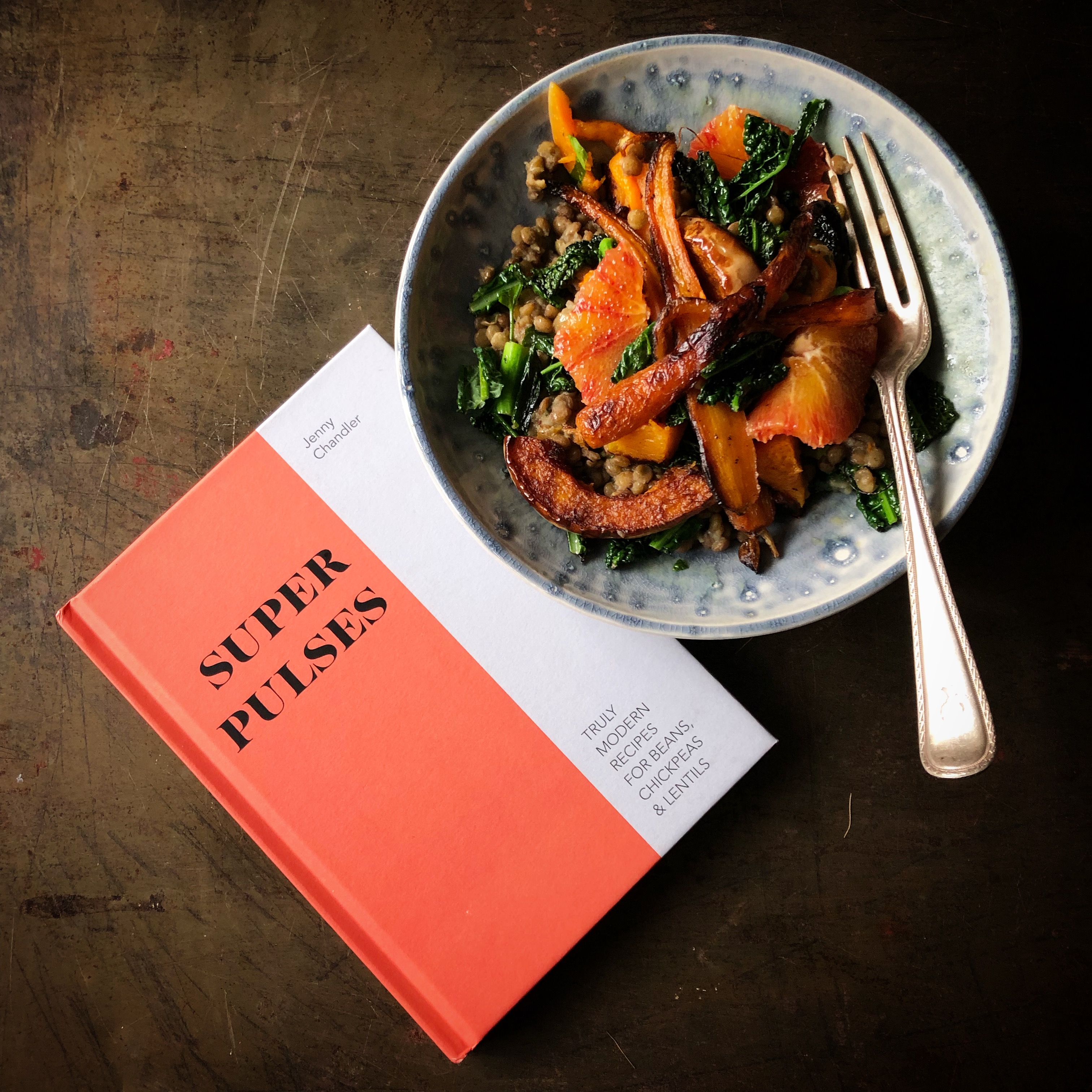







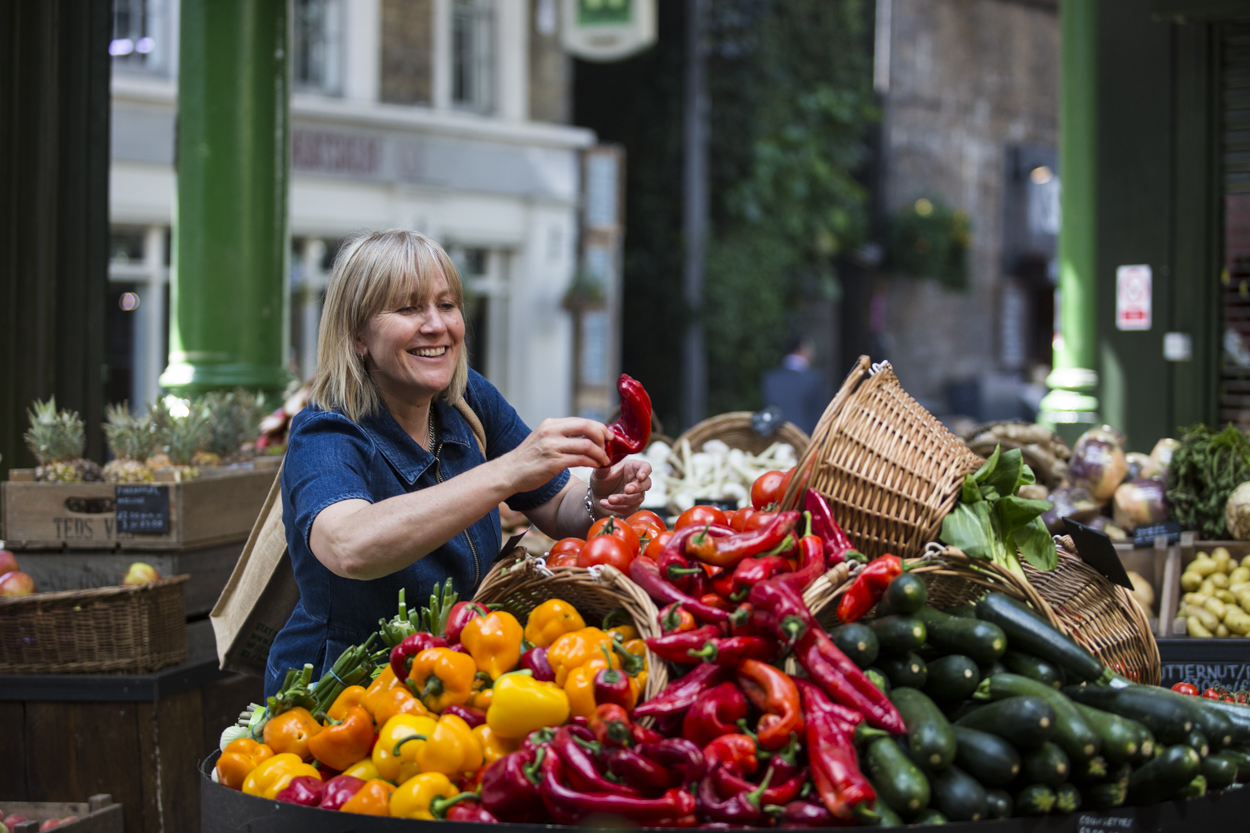








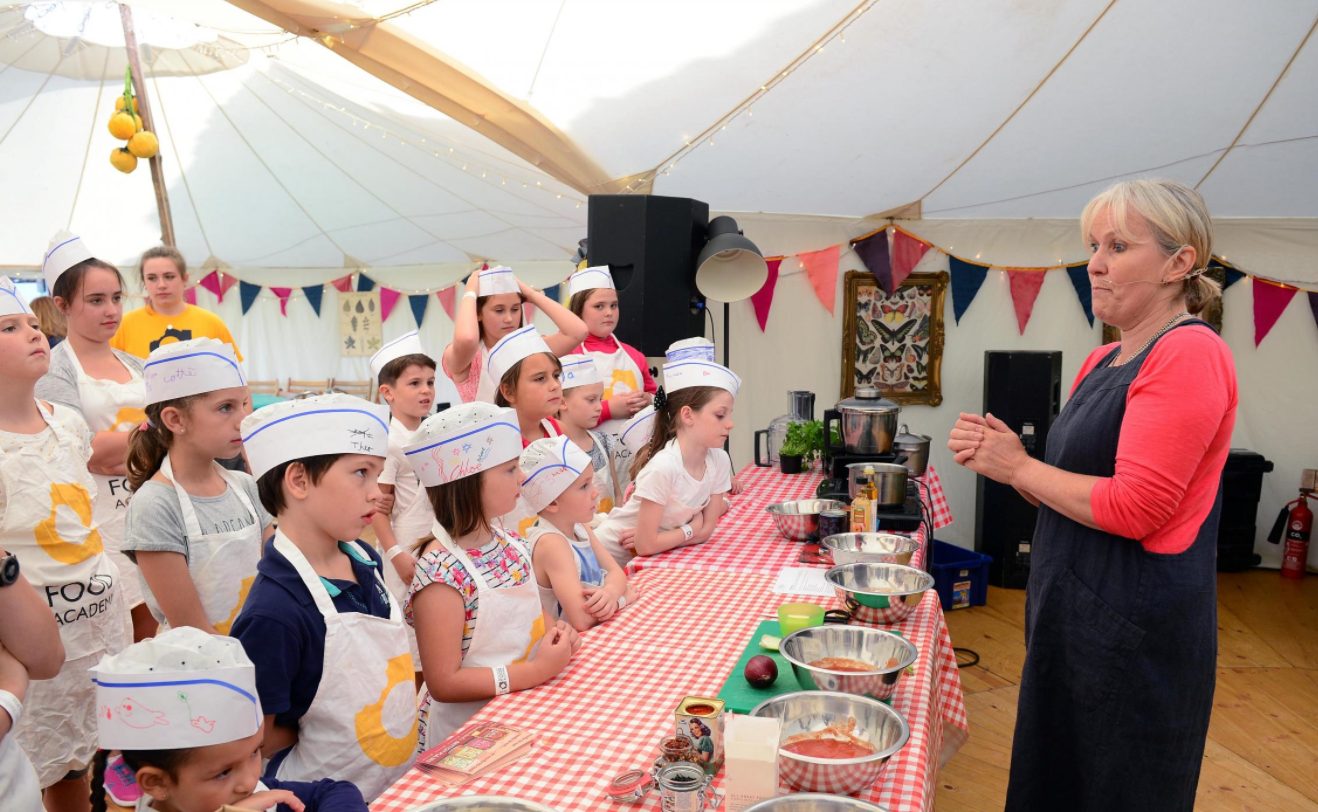








 Southern Indian Vegetables with Dal – Sambar
Southern Indian Vegetables with Dal – Sambar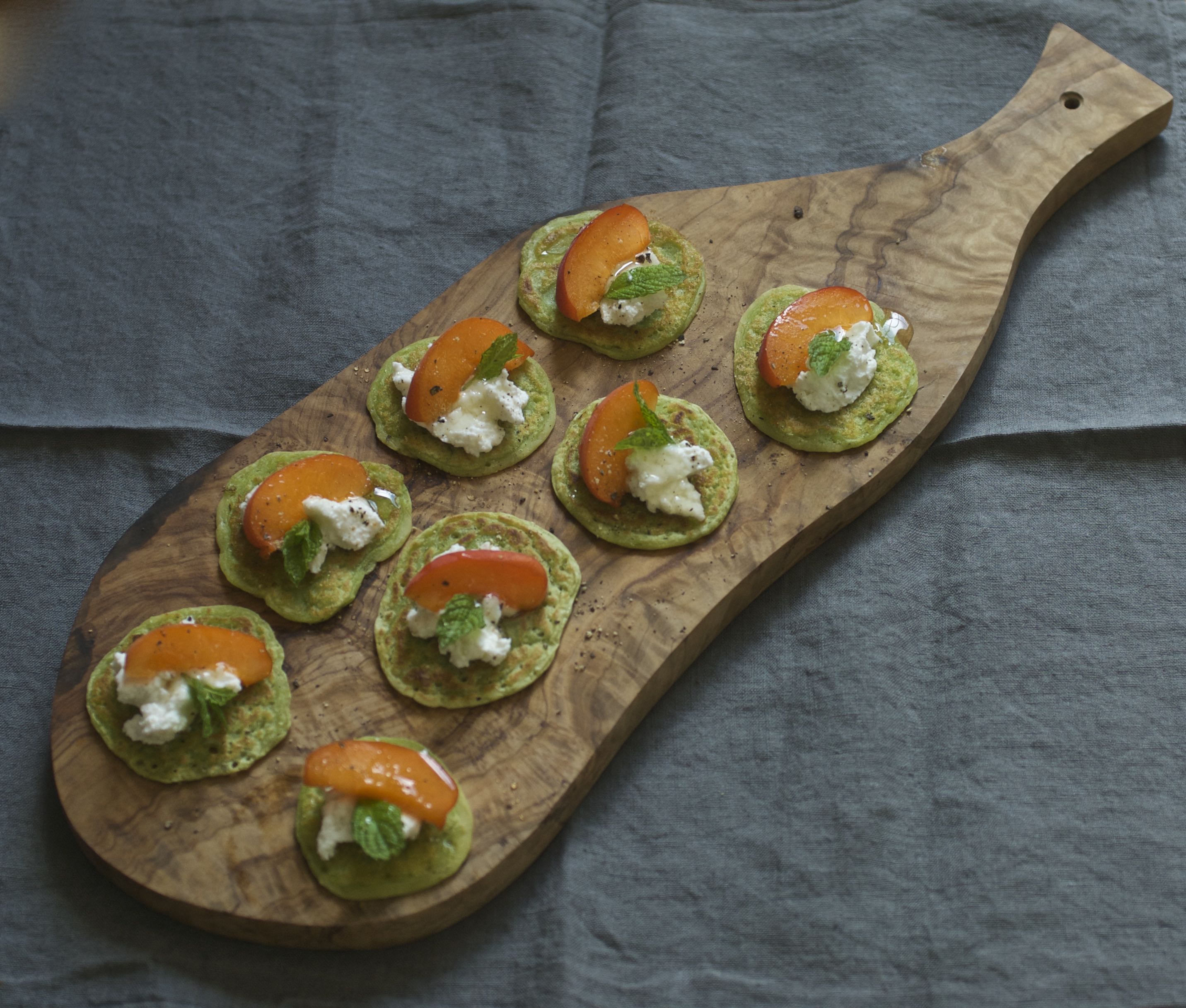 (makes about 16 individual or 2-3 larger pancakes)
(makes about 16 individual or 2-3 larger pancakes)









